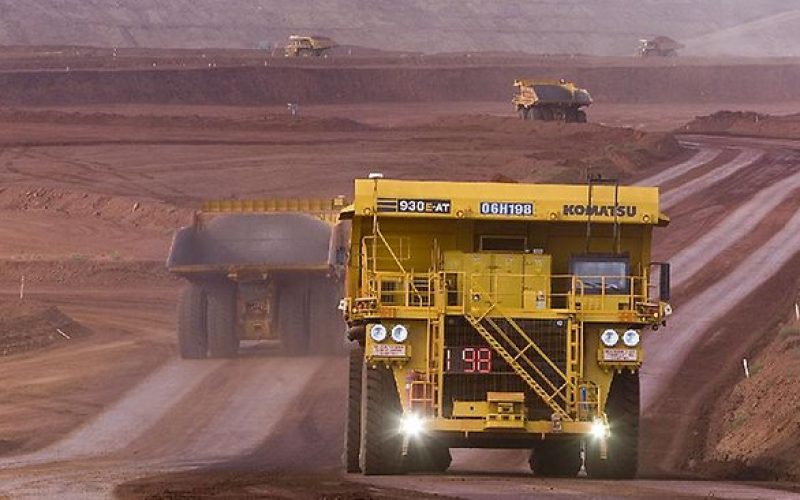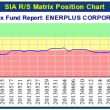Mining Bullies
2013-08-01 10:00:00
by Kara Lilly, Mawer Investment Management
If mining companies were children, BHP Billiton, Vale, and Rio Tinto would be the biggest bullies on the playground.
Mining is a difficult business. Almost anyone can dig up the earth to look for stuff, which results in easy entry to the industry and a lot of competition. Moreover, miners sell a commoditized product that cannot be differentiated in the marketplace. They must accept the prices set by global supply and demand. On top of this, miners buy/lease land without knowing with certainty the value of the asset they have just acquired. Imagine buying a car and not knowing if it was an Aston Martin or a Fiat until you dig the thing up. That’s the risk miners face.
But not all miners are made equal. In the mining industry, it helps to be the largest, lowest-cost player on the block. A large miner that can produce at $50 per tonne is in a significantly better position than one that produces at $100, especially when the price per tonne has fallen from $130 to $90. The additional margin is a windfall in good times when prices are high, and a cushion in hard times when prices are low. Miners with lower cost assets can weather through low-price periods when their competitors are going bankrupt.
Which brings us to BHP, Rio Tinto and Vale: our bullies.
BHP, Rio Tinto and Vale are the three largest producers of iron ore in the world. Combined, their market caps represent over $343 billion. They control over 70% of the total seaborne global supply of iron ore, the main ingredient in the manufacture of steel. They also all own and operate vast swaths of low-cost operations. And they all have plans which will make life much more difficult for their smaller, higher cost competitors.
How? By making a difficult situation worse. The iron ore industry appears to be on the precipice of a major supply glut. It increasingly looks like historical growth rates in Chinese steel demand cannot be sustained and global supply will significantly outstrip global demand. Prices look poised to fall. But where conventional wisdom suggests that BHP, Vale and Rio Tinto should now be cutting production in order to let demand catch up with supply, this is precisely the opposite of what they intend to do. All three have plans to increase net production.
The move is audacious but not without logic. These projects are all value accretive on a standalone basis. Moreover, if the majors can increase production and push down prices for long enough, they may be able to price higher cost entrants in China and Africa out of the market. And while it would also cause them short-term pain, with operational costs close to $30-$50 a tonne, the majors probably figure they can stomach several years of low prices in order to kick out the new entrants that produce at $100+ per tonne. After all, their time horizons are closer to two decades than two quarters.
It may be true that no one generally likes a bully, but in this case, the aggressive path cut by BHP, Vale and Rio Tinto seems like a decent move for shareholders.
The bigger concerns for investors are the first and second-order consequences. BHP, Vale and Rio Tinto may ride out a glut, but many miners won’t. Likewise, many companies and communities who serve this sector may find themselves impacted as well. It is difficult to imagine how high-cost mines in South Africa, for example, could avoid going under if iron ore prices drop to $80. Cities like Cape Town or Johannesburg would be unable to avoid the negative economic knock-on effects that come from increased unemployment. Investors may want to tread cautiously with their exposures in these areas. It may be a good idea to avoid this playground until much of the dust settles.
Kara Lilly
Disclaimer:
This blog and its contents are for informational purposes only. Information relating to investment approaches or individual investments should not be construed as advice or endorsement. Any views expressed in this blog were prepared based upon the information available at the time and are subject to change. All information is subject to possible correction. In no event shall Mawer Investment Management Ltd. be liable for any damages arising out of, or in any way connected with, the use or inability to use this blog appropriately. This blog is only intended for distribution to Canadian persons.
Copyright © Mawer Investment Management














